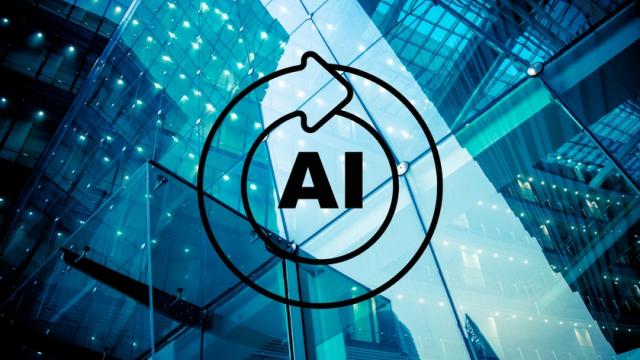Artificial intelligence (AI) has been making a lot of headlines. While it's natural to be wary of new technology, the truth is that AI has been in use for some time and its use is likely to continue to grow and expand. It's important to gain a better understanding of AI and how you can use it to save time and money and improve building operations.
What Exactly is AI?
AI simply means intelligence in machines as opposed to the natural intelligence found in people. The term artificial intelligence dates back to 1956.
AI technologies give machines capabilities typically associated with human intelligence — such as speech recognition, visual perception and decision making. Such intelligent machines can analyze large amounts of data, learn from that data and adapt to new information and perform complex tasks automatically, with little or no human intervention.
A well-known example of AI is Google Maps, which uses artificial intelligence to analyze changing traffic conditions to suggest the most timely travel routes. Driverless cars use artificial intelligence to recognize stop signs, tell a pedestrian from a light post and so on.
Using AI to Improve Building Operations
AI systems use machine learning to proactively optimize energy consumption — reducing waste and saving money. Here are some ways that you can use AI technologies to save energy and improve building operations.
Predictive energy management. AI can analyze energy consumption data, occupancy patterns and so on to learn about your building's energy use. It can then combine this with weather forecasts and other factors to predict future energy needs. Using this information, it can proactively adjust HVAC, lighting and other building systems to optimize energy usage.
Smart building control. AI systems can work with smart sensors and advanced controls to respond to changes in weather or building activity in real time. For example, AI can automatically adjust building temperature and lighting based on occupancy and outside weather conditions to save energy while ensuring comfort.
Peak demand management. Peak demand charges are a significant cost for many facilities, especially during the summer months. By analyzing real-time data on energy demand and availability, AI can distribute energy usage across different systems and time periods to minimize peak demand and reduce costs.
Fault detection and diagnostics. Aging or faulty equipment is not only less efficient, but can lead to costly repair or replacement. AI can detect inefficiencies and faults in building systems and provide real-time diagnostics and recommendations for improvements. This can help you increase system energy efficiency and reduce maintenance costs.
AI technology is advancing rapidly and AI-driven building systems are already on the market. Consider exploring AI as another tool to help optimize building operations while saving time, energy and money.
July 2023 Connections Newsletter
From industry trends and best practices to sustainability initiatives, our monthly Connections Newsletter provides valuable insights, updates, and resources to support our large business customers.
Full Newsletter